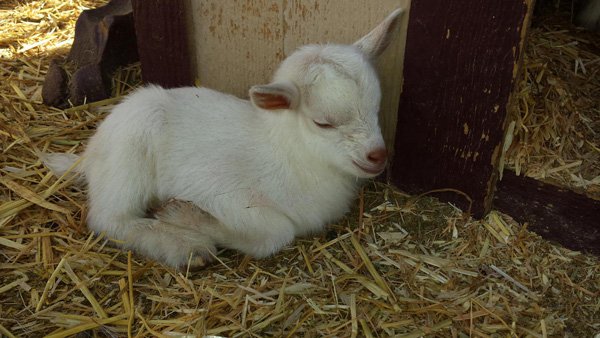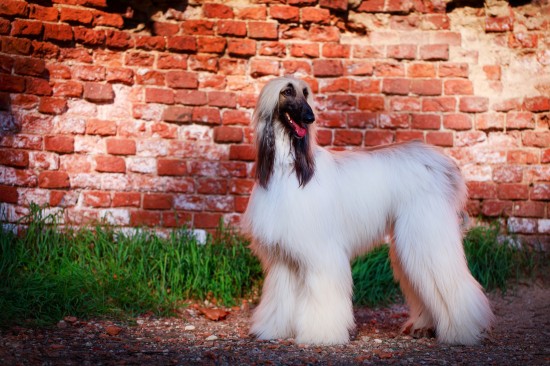Raw feeding is the concept of providing domestic dogs and cats a diet mostly of uncooked meat, edible bones, and organs. Supporters of raw feeding think that the natural diet of raw meat, bones, and organs is superior nutritionally to processed commercial pet food. These people imitate the same diet for his or her domestic pet, as it is considered that a balanced raw food diet has the advantages of presenting the animal a far healthier coat, cleaner teeth and breath, reduced stool amount and smell, and greater all around health.
They're commonly in opposition to commercial pet foods, which they feel are harmful to an animal's health. Opponents think that the potential risk of nutritional imbalance, intestinal perforations and food born illnesses posed by the handling and feeding of raw meat and bones would outweigh just about any benefits. The position held by raw feeders that all-natural is superior has also been criticized.
Raw food supporter Dr. Ian Billinghurst asserts in his books that the dog has developed over several million years on a natural raw food diet and logically, this is actually the ideally suited food source. He states that ready-made foods are "not what dog was designed to feed on during its extended process of evolution" and claims that foods much like those consumed by the dog's wild ancestors tend to be more biologically most appropriate.
The intense heat used to process commercial pet food damages and reduces nutrients such as vitamins, minerals, and enzymes. Research with rats showed that the digestibility of amino acids in cat food is altered significantly by heat processing. Pet food producers must supplement the food after heat processing in order to replace those vitamins.
Many raw feeders believe dietary supplements have decreased nutritional benefit in comparison to the same nutrients in raw food and that possible nutrients not yet accepted as essential by nutritional science cannot be replaced. The identical reason is used by some to reject supplemented home-cooked pet food. Nearly all owners assert a definite improvement in pets' overall health once moving towards a raw food source.
A normal BARF diet is made up of 60% to 80% of raw meaty bones, that are bones with about 50% meat, (e.g. chicken neck, back and wings) and 20% to 40% of fruits and vegetables, offal, meat, eggs, or dairy foods. As raw diets vary from thoroughly prepared and screened to diets comprised of many different meats and butchers' scraps, the nutritional balance of a raw food diet may differ considerably based on the recipe ingredients.
Nonetheless, proponents of raw feeding believe that not all meals have to be "complete and balanced", and that nutritional balance can be achieved over time by serving a multitude of meats, fats, bones and organs from several sources, such as chicken, turkey, lamb, cattle, pigs, fish, rabbits, etc., and even wild game. The general belief among the proponents of raw diets is that household pets have no more complicated nutritional requirements than humans, and that an assortment of ingredients over time will provide the pets with a sufficiently balanced diet.
Several proponents of raw diet claim detectable benefit to the dental hygiene of household pets that ingest raw bones, while some think that ground bone should be used instead, to prevent the chance for intestinal puncturing and dental fractures. The abrasion between bone and teeth while chewing is thought to remove dental plaque. Cartilage, ligaments, and tendons are thought to act as a all natural dental floss.
The biting and tearing motion is furthermore believed to strengthen the jaw, neck and shoulder muscles, keep the digestive juice flowing and boost the nerve and immune system. Advocates of ground bones think that the biting of muscle meat may also assist in maintaining teeth clean.
While intensive heat used in manufacturing pet food kills any potential bacterias, raw meats could have bacteria which are unsafe for both dogs and cats. Raw meats also can contain dangerous parasites. Much like bacterias, these parasites are generally destroyed through the heat processing of manufactured pet foods. Many raw food diet recipes call for freezing of the final product, which significantly decreases the possibility for parasites.
Raw feeders believe the danger overblown and maintain that the stomach enzymes and short intestinal tracts of cats and dogs allow them to cope with hazardous bacterias. When buying good quality meat from respectable sources and proper food safety methods such as defrosting meat inside the refrigerator and never leaving food out for too long is effective in reducing the expansion of bacteria contained in the meat.
It's thought by many raw feeders that veterinarians are encouraged by academic departments and professional associations that receive funding from pet food companies. Another common notion is that veterinarians lack adequate education on raw diets or nutrition generally speaking. Typically, veterinary colleges receive nutrition training that is subsidized or directly supplied to college students by pet food producers. Raw feeders are sometimes skeptical of the motives that some veterinarians have in suggesting the commercial foods they retail, indicating the conflict of interest with them doing this.
Due to the fact there's no conclusive proof, a dog or cat owner taking into account providing their cat or dog a BARF diet could be relegated to performing their own research. It's actually better to seek the advice of a variety of sources prior to making up one's mind whether or not serving your family pet dog or cat food made up of raw foods is appropriate or not.

 Hungarian Vizsla Hereditary Health And Longevity
Hungarian Vizsla
Hungarian Vizsla Hereditary Health And Longevity
Hungarian Vizsla
 Choose the best catfish pellets for your catfish for their food needs
Choose the best catfish pellets for your catfish for their
Choose the best catfish pellets for your catfish for their food needs
Choose the best catfish pellets for your catfish for their
 Longevity, Health And Care Considerations For The Afghan Hound
Longevity, Health
Longevity, Health And Care Considerations For The Afghan Hound
Longevity, Health
 Include Nutrients In The Feed For Horses With Ulcers
Include Nutrients In The Feed For Horses With Ulcers
Include Nutrients In The Feed For Horses With Ulcers
Include Nutrients In The Feed For Horses With Ulcers
 Have You Considered Keeping Chipmunks As Pets?
Have You Consider
Have You Considered Keeping Chipmunks As Pets?
Have You Consider